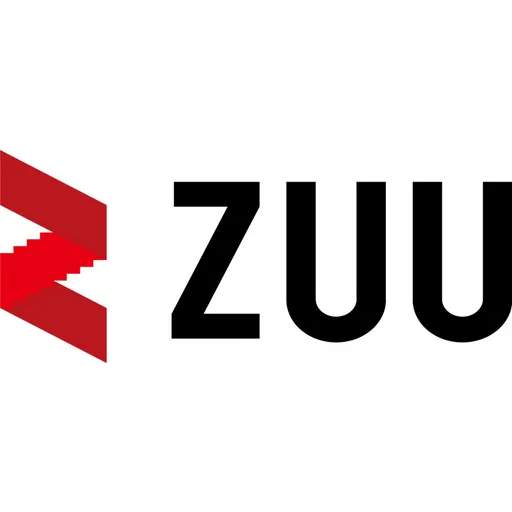
ZUU 4387
Report updated 2 months ago
ZUU

Recent Updates
Get in touch
Address:9th floor, Sumitomo Fudousan Aobadai Tower, 3-6-28 Aobadai, Meguro, Tokyo, Japan. 153-0042
Website:https://zuu.co.jp/en/
Summary
Key dates
2024-05-13
Next earnings announcement2021-11-26
Coverage initiation